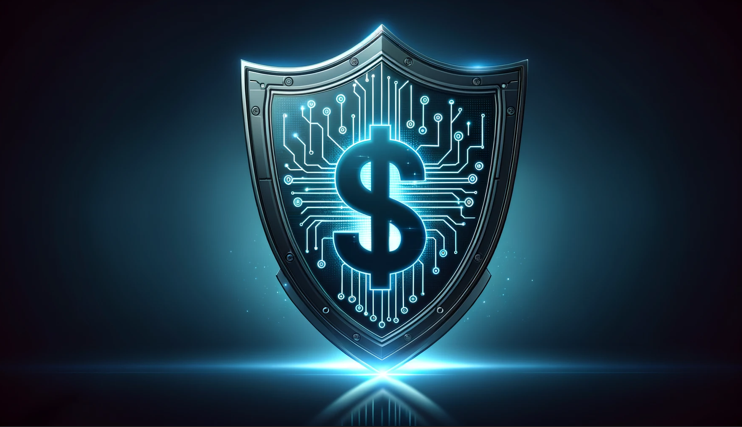
In today’s hyper-connected world, cyber threats are an everyday reality. As technology advances, so do the tactics used by cybercriminals to breach systems, steal data, and disrupt operations.
With 2025 in full swing, investing in cybersecurity is no longer optional. It’s a strategic imperative. Here’s why cybersecurity should be at the top of every business leader’s priority list this year and beyond.
The Growing Threat Landscape
Cybercrime is evolving rapidly. Gone are the days of simple spam emails and basic viruses. Today’s attacks are sophisticated, coordinated, and often devastating. Some of the most alarming threats include:
- Ransomware: Hackers lock your data and demand payment to restore access.
- Social engineering: Scams that trick employers into revealing sensitive information.
- Supply chain attacks: Targeting third-party vendors to infiltrate larger systems.
- Zero-Day exploits: Attacks that take advantage of unknown software vulnerabilities.
It’s 2025, and cybercrime is expected to cost businesses more than $10.5 trillion annually. A number that high is most definitely a wakeup call.
Why Cybersecurity Should Be a Top Priority
1. Your data is your business
Your data (customer records, financial details, propriety strategies) is the lifeblood of your organization. A breach can compromise everything, leading to:
- Legal repercussions from failing to meet data privacy regulations (like GDPR, CCPA, HIPAA)
- Damaged trust with customers, partners, and stakeholders
- Operational paralysis during recovery
Investing in cybersecurity means protecting your most valuable asset.
2. Downtime is expensive
Cyberattacks shut you down! In 2023, the average cost of downtime per cyberattack was $1.85 million. Every minute your systems are offline can mean lost sales, missed opportunities, and a damaged reputation. Preventive measures like endpoint protection, AI-based threat detection, and employee training can dramatically reduce both the frequency and impact of attacks.
3. Regulatory compliance is getting tougher
Governments and regulatory bodies around the world are cracking down on lax security. Non-compliance doesn’t just result in fines; it invites lawsuits and brand damage. Consider:
- Healthcare: Must meet HIPAA standards.
- Finance: Must comply with PCI DSS.
- All business handling data: Must meet GDPR and CCPA requirements.
Cybersecurity shows your customers and regulators that you take data protection seriously.
4. Reputation is everything
In an age of instant news, a single breach can destroy trust, and customers won’t wait around for your recovery. 80% of consumers say they wouldn’t return to a business after a data breach. That’s a massive blow to your brand, customer retention, and long-term growth.
The Return of Cybersecurity Investment
Is cybersecurity worth the cost? Absolutely. Here’s why:
- Prevention is cheaper than recovery. Firewalls, detection systems, and training cost far less than recovering from an attack.
- Lower insurance premiums. Strong cybersecurity often means better rates from insurers.
- Improved efficiency. Modern tools automate threat detection and response, reducing manual workloads.
Every dollar spent on cybersecurity saves multiple dollars in potential loss and downtime.
What Cybersecurity Looks Like in 2025
Cybersecurity isn’t just about antivirus software anymore. It’s about building smart, adaptive defences that evolve with threats. here’s what leading-edge protection looks like in 2025:
✅AI-Powered threat detection: AI systems can detect unusual patterns, flash anomalies, and even stop attacks in real time before damage is done.
✅Zero trust architecture: The “trust but verify” model is out. In its place is Zero Trust, a model where no user or device is trusted automatically, even if they’re inside your network.
✅Cloud security: With more businesses moving to the cloud, securing cloud infrastructure is essential. Expect continued innovation in:
- Encryption
- Identity and access management
- Endpoint protection.
✅Cybersecurity-as-a-Service (CaaS): More businesses are turning to third-party experts to handle 24/7 monitoring, threat response, and security architecture. CaaS is cost-effective and scalable for businesses of all sizes.
How to Strengthen Your Cybersecurity in 2025
Ready to act? Here’s how to get started:
- Conduct a risk assessment: Identify vulnerabilities in your systems, networks, and operations. Prioritize fixing the highest-risk areas first.
- Use multi-factor authentication (MFA): Protect accounts with more than just a password. MFA significantly reduces the risk of unauthorized access.
- Train Your Employees: Your staff is your first line of defence. Provide regular training to help them spot phishing attempts and follow safe practices.
- Invest in Advanced Tools: Look into solutions like Intrusion Detection Systems (IDS), Endpoint Detection and response (EDR), and AI-driven security platforms.
- Partner with Cybersecurity Experts: Don’t go it alone. Partner with experienced cybersecurity firms to design, implement, and maintain your defences.
Cybersecurity is a business-critical luxury. The digital landscape is full of opportunity, but it’s also fraught with risk. Businesses that fail to protect themselves are gambling with their future. By investing in cybersecurity today, you’re protecting your assets, your reputation, your customers, and your competitive edge tomorrow.
The best defence is a proactive one. Start now.